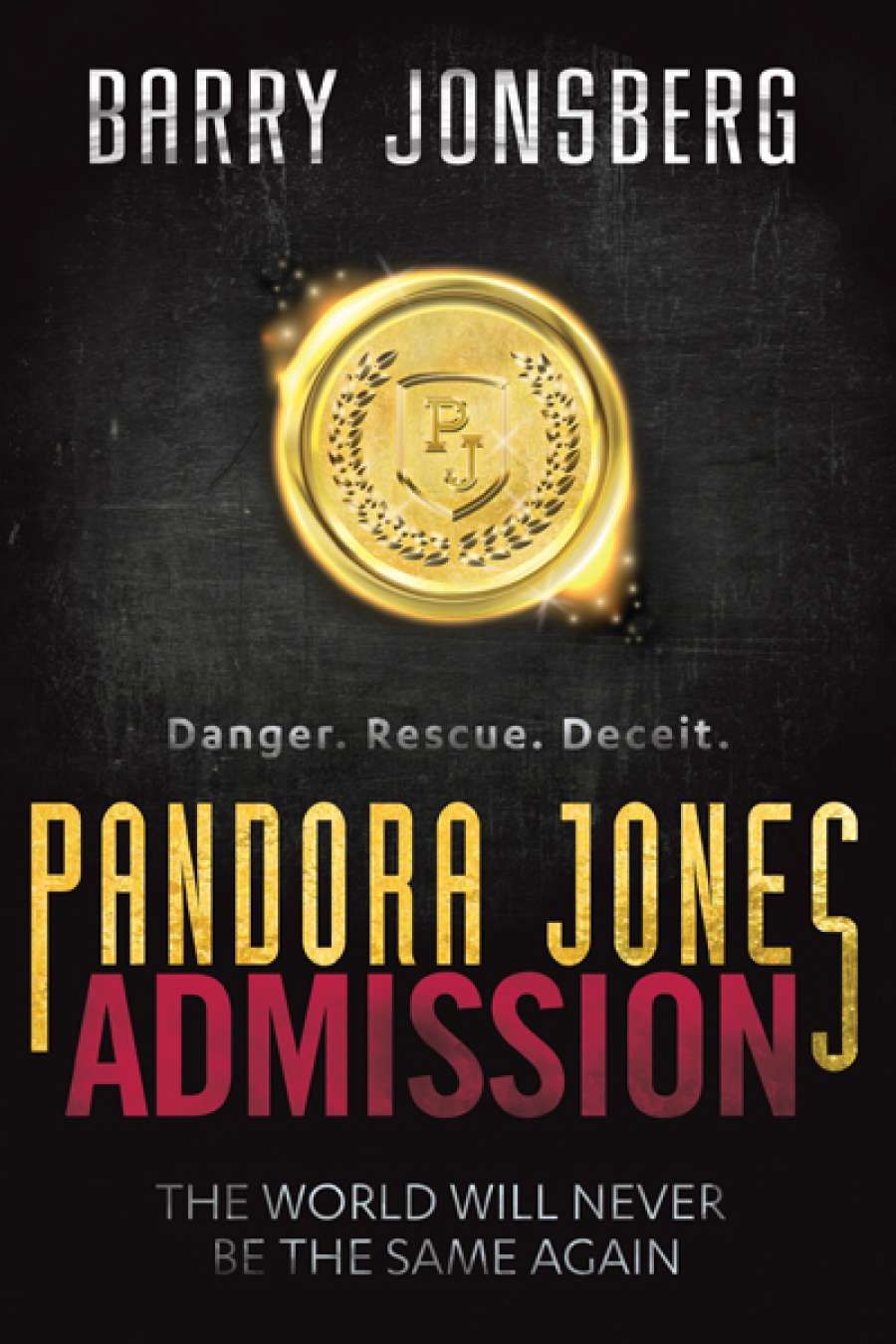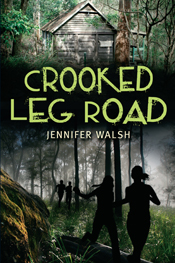
- Free Article: No
- Contents Category: Children's and Young Adult Fiction
- Review Article: Yes
- Article Title: Serial Age
- Online Only: No
- Custom Highlight Text:
Where is the pleasure in reading a book as part of a series? A long acquaintance with known and trusted characters rewards the reader with the chance to share their growth and development through multiple challenges and adversities. For teenage readers, following protagonists their own age on this journey has particular rewards. All this, and cliffhangers, too.
Barry Jonsberg’s latest novel, Pandora Jones: Admission, is the first in a series. Jonsberg is a versatile and assured writer. His gift with character is the portrayal of young people who narrate their lives with humour and self-assurance. Dreamrider (2006) was a departure for him, depicting a character who was in psychological torment from dreams, which may or may not have been real.
- Book 1 Title: Pandora Jones
- Book 1 Subtitle: Admission
- Book 1 Biblio: Allen & Unwin, $17.99 pb, 304 pp
- Book 2 Title: Crooked leg road
- Book 2 Biblio: Allen & Unwin, $14.99 pb, 208 pp
- Book 2 Cover Small (400 x 600):

- Book 2 Cover (800 x 1200):

- Book 2 Cover Path (no longer required): /images/stories/issues/362_July-August_2014/Crooked%20Leg%20Road%20large.jpg
In his new book, Pandora is one of very few teen survivors of a tremendous plague that has beset the world in a short time. She has already seen her mother and brother die horribly. In a series of nightmarish recollections, she relives seeing people, intent on avoiding the inevitable, taking their own lives: hanging from windows, shooting themselves, or deliberately walking into traffic. Waking in an infirmary, unsure how she has survived, Pandora is inducted into the School, a bleak concentration camp on the edge of a small settlement. The School has a strict regimen, pointless tasks and lessons, and atrocious food. Each young person is encouraged to identify and then rigorously pursue individual talents. Pandora’s demonstrated gift of finding lost items comes into tragic play when the authorities call on her to find a member of her group who has gone missing. The charismatic Nate, disdainful Jen and others then accompany Pandora on another, more dangerous mission. Persistent, and unreliable, memories begin to play on her mind.
Jonsberg’s control of this world and maintenance of the authentic points of view of all the players are standouts in this novel. In any post-apocalyptic setting, the reader needs to feel what the protagonists are feeling and experiencing, with the same urgency and tension. The incompetent or evil adults are deftly drawn. The reader feels Pandora’s grief, confusion, and determination, and the ending is the perfect heart-stopping lead-in to the second book in the series.
The protagonists of Jennifer Walsh’s Crooked Leg Road are David, Kitty, Andrea, and Martin, a group of friends in lower high school, first met in the author’s previous novel, The Tunnels of Tarcoola (2012).
Andrea is being tutored after school by David’s grandfather Moshe. On her way to his house she sees suspicious foreigners hanging around, overhears a few words, and is so frightened by the idea that they may be kidnappers that she hides in the school bike shed and then runs home. Kitty feels that she doesn’t really fit in at her school, but befriends Skender, who is also foreign but approachable, and likes the same books that she does. When Andrea encounters Skender and his family she overhears a word similar to one that that suspicious foreigner used, and the mystery deepens. Meanwhile, Samantha, a snobbish addition to their group, is convinced that she is the one the kidnappers are pursuing. Martin organises the friends to tail Skender home to find out what, if any, connection there is between him and the suspicious foreigners. It all ends with the gang boarding a train and searching for David, who may or may not have been kidnapped. Add some unattractive baddies and a kindly taxi driver. Lashings of ginger beer, anyone?
The reader has to believe that there are real relationships between people for a novel with an ensemble to work. For those people to have a relationship the writer must depict them as credible individual characters. I had major trouble distinguishing between the characters and even less luck finding one to care about. Samantha, who has walked straight out of Home and Away, was the exception until, not required in the chase, she disappeared from the narrative. The xenophobic teens of this novel are a portrayal of young Australia which I sincerely hope does not exist. The respectful behaviour towards adults, the responsible use of mobile phones, the enthusiastic completion of homework and reading of classics, the complete lack of social media in their lives (why don’t they just google the word that was overheard?) are all things which may or may not be accepted by the target reader, but I found them faintly hilarious. It is hard to imagine any teen in 2014 being ecstatic over being selected to present flowers to the premier when he visits her school, to use a minor example of the many anachronisms in this work.


Comments powered by CComment